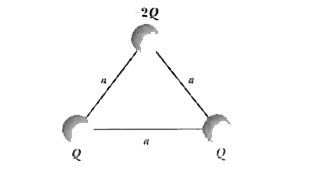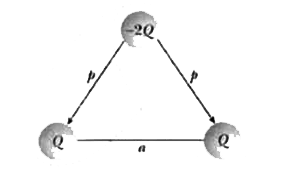Text Solution
Verified by Experts
|
Topper's Solved these Questions
ELECTRIC POTENTIAL
RESNICK AND HALLIDAY|Exercise SAMPLE PROBLEM 24.21 Potential energy of a system of three charged particles|1 VideosView PlaylistELECTRIC POTENTIAL
RESNICK AND HALLIDAY|Exercise SAMPLE PROBLEM 24.22 Conservation of mechanical energy with electric potential energy|1 VideosView PlaylistELECTRIC POTENTIAL
RESNICK AND HALLIDAY|Exercise SAMPLE PROBLEM 24.19 Resultant potential and electric field of dipoles|1 VideosView PlaylistELECTRIC CHARGES AND FIELDS
RESNICK AND HALLIDAY|Exercise Practice Questions (Integer Type )|3 VideosView PlaylistELECTROMAGNETIC INDUCTION
RESNICK AND HALLIDAY|Exercise PRACTICE QUESTIONS (Integer Type)|14 VideosView Playlist
Similar Questions
Explore conceptually related problems
Knowledge Check
Similar Questions
Explore conceptually related problems

